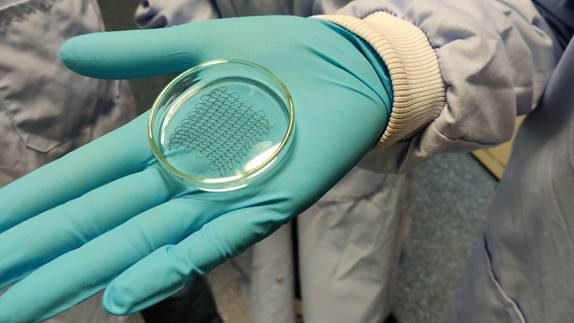The conductive material provides a basic structure where new heart cells can form inside and mimics the properties of cardiac tissue
Polyester-based polymers are known to be bio compatible and are commonly used in medicine. However, the material is not strong enough to withstand the constant movements of the heart. A team of researchers at Trinity College Dublin worked with the Spraybase company to solve the problem. The research was published in the journal Advanced Functional Materials.
The technique behind this innovative material is called melt electrowriting and allows the creation of special geometries. The different shapes give the obtained products the possibility to withstand certain movements and mechanical stress. The particular technique is therefore ideal for making bandages that adapt to the elasticity of the heart fabric. Moreover, the basic polyester structure is covered with a conductive polymer that allows the bandage to imitate the conductivity of the heart.
The material obtained adapts perfectly to the characteristics of the heart muscle and acts as a base for the growth of new cells. The new design and material combination have great potential for active treatment of heart damage.

































